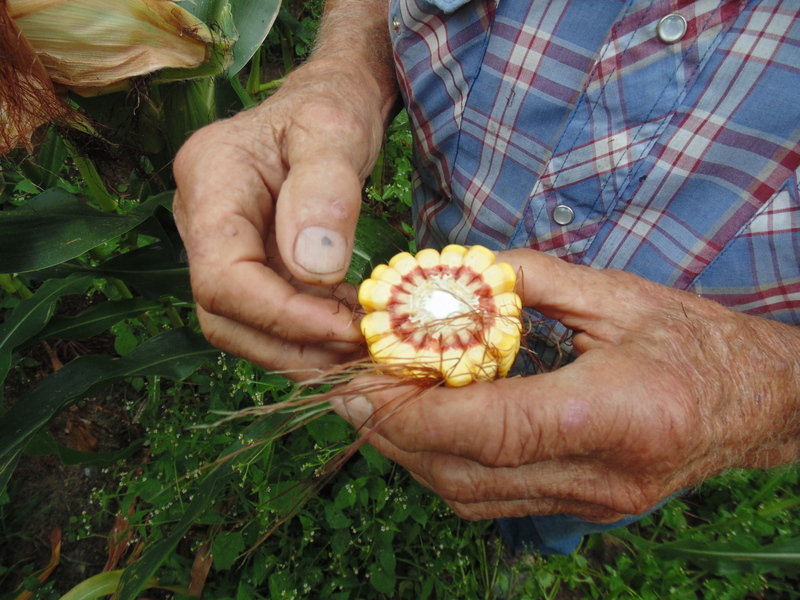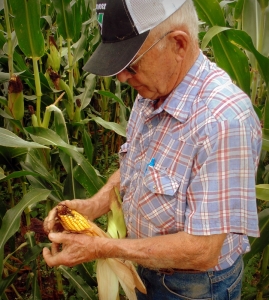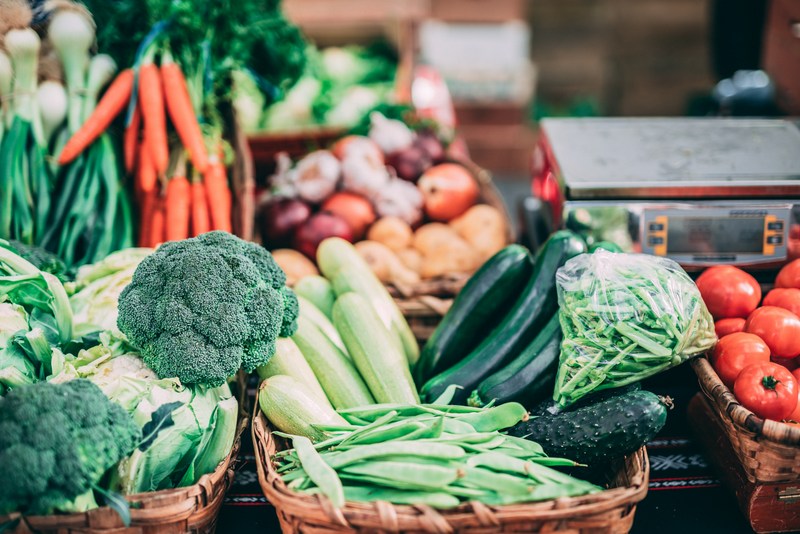Farming in West Virginia is not what it was, and Sam Tuckwiller knows it for a fact. For more than six generations, Tuckwillers have been farming the Greenbrier Valley, and Sam, who raises Angus cattle with sons Ben and Byron, was born just before World War II— before the world changed—and he remembers a time when farming, especially at harvest, was not an economic enterprise but a matter of sustenance.
"Salt, sugar, pepper, and all other spices had to be purchased, but everything else was made at home," Tuckwiller recalls.
"Nothing was wasted. Ashes and fat from the hogs could be used to make lye soap. Apples were pressed for good sweet cider, which would then become hard cider, and then vinegar. Almost anything we couldn't find a use for could at least be fed to the hogs and chickens."
While ambling across the boundary on the Triple-T Farm, famous for its 280 carefully selected Angus cows, which produce the seed stock for dozens of other herds nationally, Tuckwiller drifts through memory.
“October and November were among the busiest seasons,” he says.
“Everything had to be made ready for the onset of winter. Field corn had to be cut and shucked for winter silage. Hogs and cattle had to be butchered and their meat prepared and stored. Apples had to be picked and packed or pressed.”
While farmers today may invest much in the production of a few chief crops or in the production of beef or poultry, a century ago they were expected to manage a complex series of processes independent of all but a few outside commodities.
Changes in the harvest of hay may be among the practices that were most obviously transformed by technology, Tuckwiller says.
For many years, hay to be used as fodder was stored loosely in lofts. He recalls a morning in his early childhood when he was tasked with sitting in a barn, watering a pulley used to lift hay into the loft.
Older boys would call or whistle to one another as they forked the hay from a wagon at the front of the barn, signaling to others at the back to drive a horse away from the barn, lifting the hay into and across the loft.
Grinning, he recalls watching as a rascally farmhand signaled too soon for a load to be dropped and buried his friend under a mound of hay.
As a result of advances in manufacturing after World War II, hay would be baled in the field by machine rather than being stored loosely in the loft, and today it is quickly rolled and wrapped and left in the field. Similar mechanical advances have helped make the harvest easier and quicker and have increased yields by allowing farmers to harvest rows planted more tightly.
Though science has always been necessary for good husbandry, it was long managed through folkways, but advances since the 1950s have led to remarkable changes in the field, and farmers may now invest hours managing genetic selection on computers rather than in the barn.
Though he is modest, Tuckwiller’s accomplishments soar well above and beyond the boundary of his 800-acre farm. He has served as chair and vice-chair of the executive committee of the National Livestock and Meat Board in addition to many of its other committees, subcommittees, and task forces, and advances in the industry are a source of pride. He has also been inducted into the W.Va Agriculture & Forestry Hall of Fame.
Tuckwiller points to a seven-month-old calf that already weighs more than 600 pounds. "It's absolutely remarkable how things have changed," he says.
"Of course, now we run to the store when we need eggs or milk, and we only raise beef cattle here now, and we have no milk cows. Back then, every farm needed a milk cow.”
Tuckwiller smiles as he recalls making ice cream and pouring fresh milk over oatmeal on mornings long ago.
“After a few days, we’d have enough cream skimmed off to churn butter, and milk left would clabber and make cottage cheese. Nothing was wasted.”
Despite advances in farming, the immediacy of work has not changed. Though the Tuckwillers’ interests now concern beef rather than all manner of produce, coordinating the planting and harvest of corn and other feed still depends on an ability to gauge the weather and plan accordingly.
Tuckwiller shucks an ear of corn, snaps the cob in two, reads the kernels, and quickly discerns that the corn will be ready to harvest in about two weeks. He looks at the clearing sky, and his expression grows determined. The time for recollection ends, and the matter of running a modern farm grows as present as ever.
Our thanks to Lewisburg-based Foxfire Realty for sponsoring this story.
How to make butter at home—West Virginia style

The process of making butter is known to be older than civilization, and a limitless variety of butter-making methods certainly exist—ranging from the production of ghee in southern Asia to bog butter in northern Europe. Here's how butter was commonly made in West Virginia.
Sign up to receive a FREE copy of West Virginia Explorer Magazine in your email twice weekly. Sign me up!




